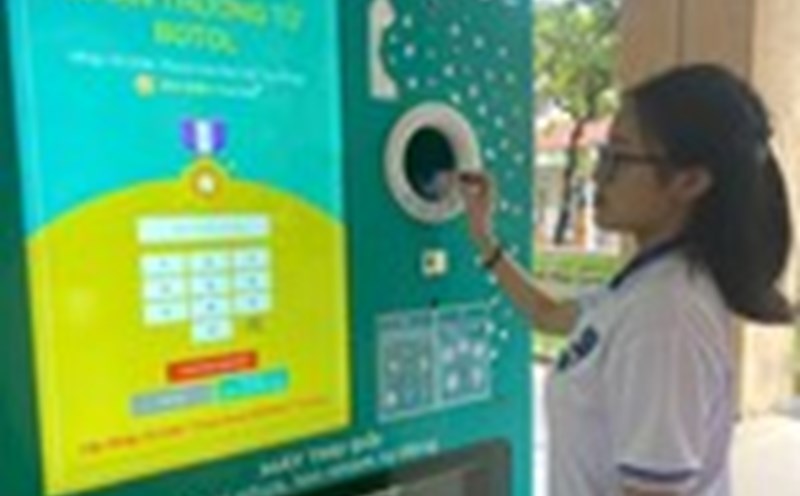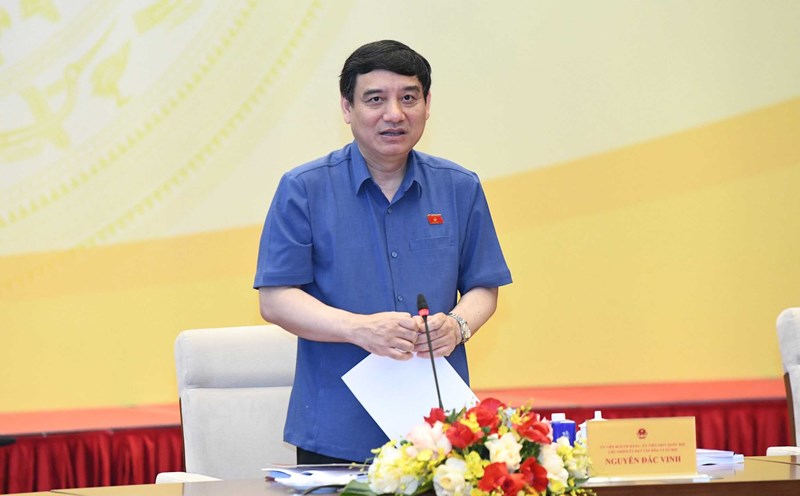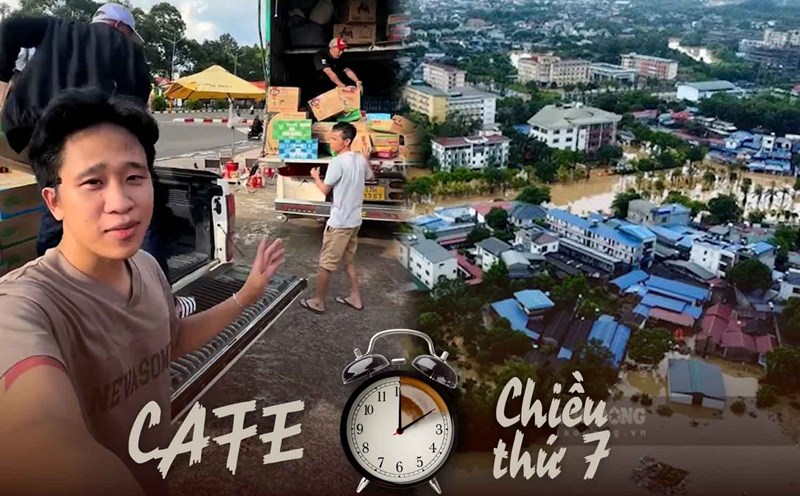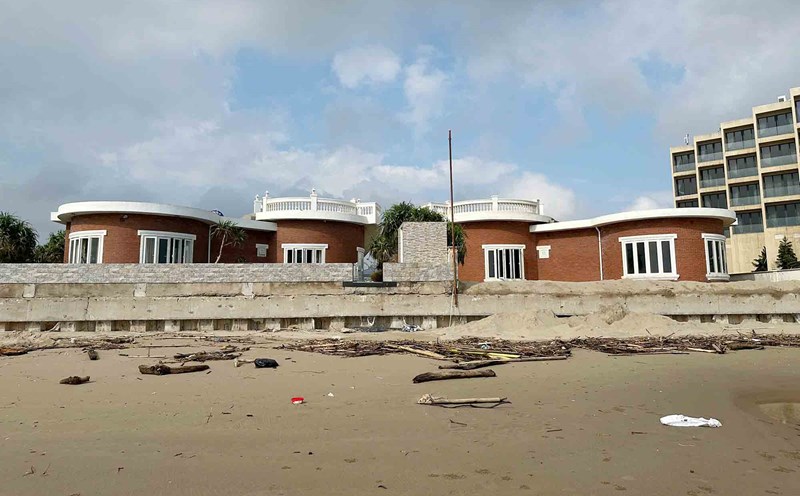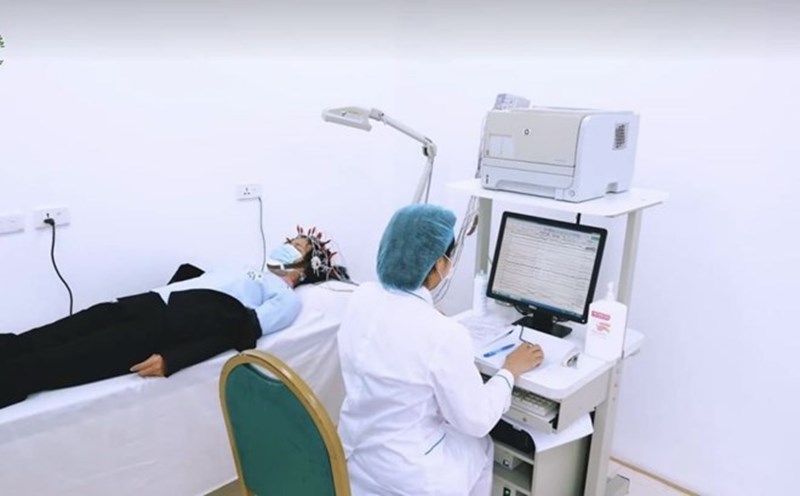According to information from the Bai Tu Long National Park Management Board, the Department of marine and Flooded Land Conservation, under the Bai Tu Long National Park Management Board, has just completed the second phase of plastic waste monitoring in 2025, lasting 8 days, at 3 beaches of Minh Chau, Rua De and Con Tru.
The activity is part of a periodic plan to assess the current status of plastic pollution in coastal areas. The results show that plastic waste continues to account for the largest proportion, posing many challenges to the environment, ecosystem conservation and sustainable tourism.
According to Bai Tu Long National Park Management Board, the survey applies the NOAA method - a process applied by many countries to monitor coastal waste. Specifically, each beach is chosen a section of 100 m long, divided into 20 sides of 5 m wide with corners, then randomly selected 4 sides to collect garbage. All garbage measuring over 2.5 cm is collected, classified according to materials (playstics, metals, glass, rubber, wood, fabric, etc.), then counted in quantity, weighed in weight and trademarked.
The results showed that Minh Chau beach had the largest amount of garbage with 1,197 pieces, weighing 22.2 kg; the sea turtle beach, although it had a smaller quantity (993 pieces), had the highest weight, up to 37.64 kg; while Con Trai beach had the lowest quantity with 126 pieces and 8.16 kg.
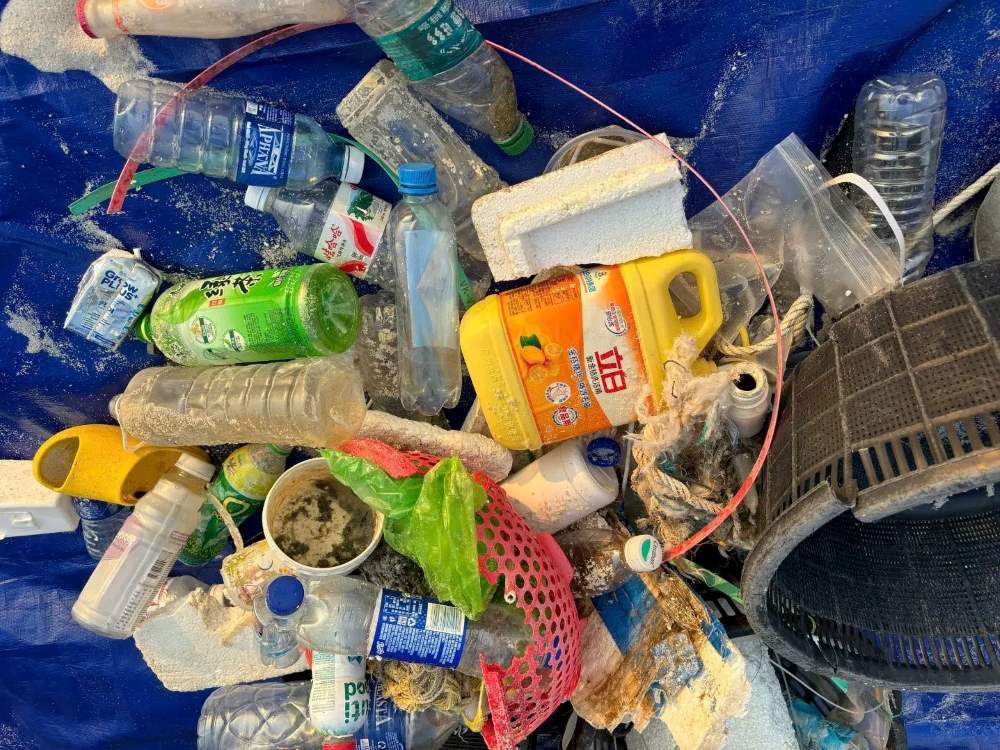
In the waste structure, the plastic group has the absolute dominance, notably foam buoys, small rope/grid, beverage bottles, bottle caps and disposable plastic items.
At the Turtle nest alone, the number of foam buoys is up to 340 pieces, while in Minh Chau, ropes and small nets account for 202 pieces. The results of the brand audit also showed that many familiar products appeared among the waste. Of which, the bottles of Quang Hanh mineral water are the most found (9 products), followed by green tea Atony 8), Lavie filtered water (6), Red Dragon energy drink and family milk (4 products each). In addition, a large quantity of bottles and packaging without labels has also been recorded, causing difficulties in tracing the origin and controlling emissions.
Compared to the monitoring results for the same period in 2024, the number of garbage in 2025 has decreased by 5.7 times, thanks to beach collection and cleaning activities. However, the amount of waste has decreased only 1.1 times, proving that large and heavy garbage blocks such as foam buoys, nets, and bottles still exist a lot and continue to put pressure on the marine environment. This is evidence that the problem of plastic pollution has not been thoroughly handled on the beaches.
According to the Bai Tu Long National Park Management Board, the monitoring results this time will be an important source of data, objectively reflecting the current situation of plastic waste at the beaches within the boundaries of Bai Tu Long National Park. This is not only a scientific basis for assessing the level of pollution and the trend of change over time, but also a practical basis for developing appropriate management solutions.

